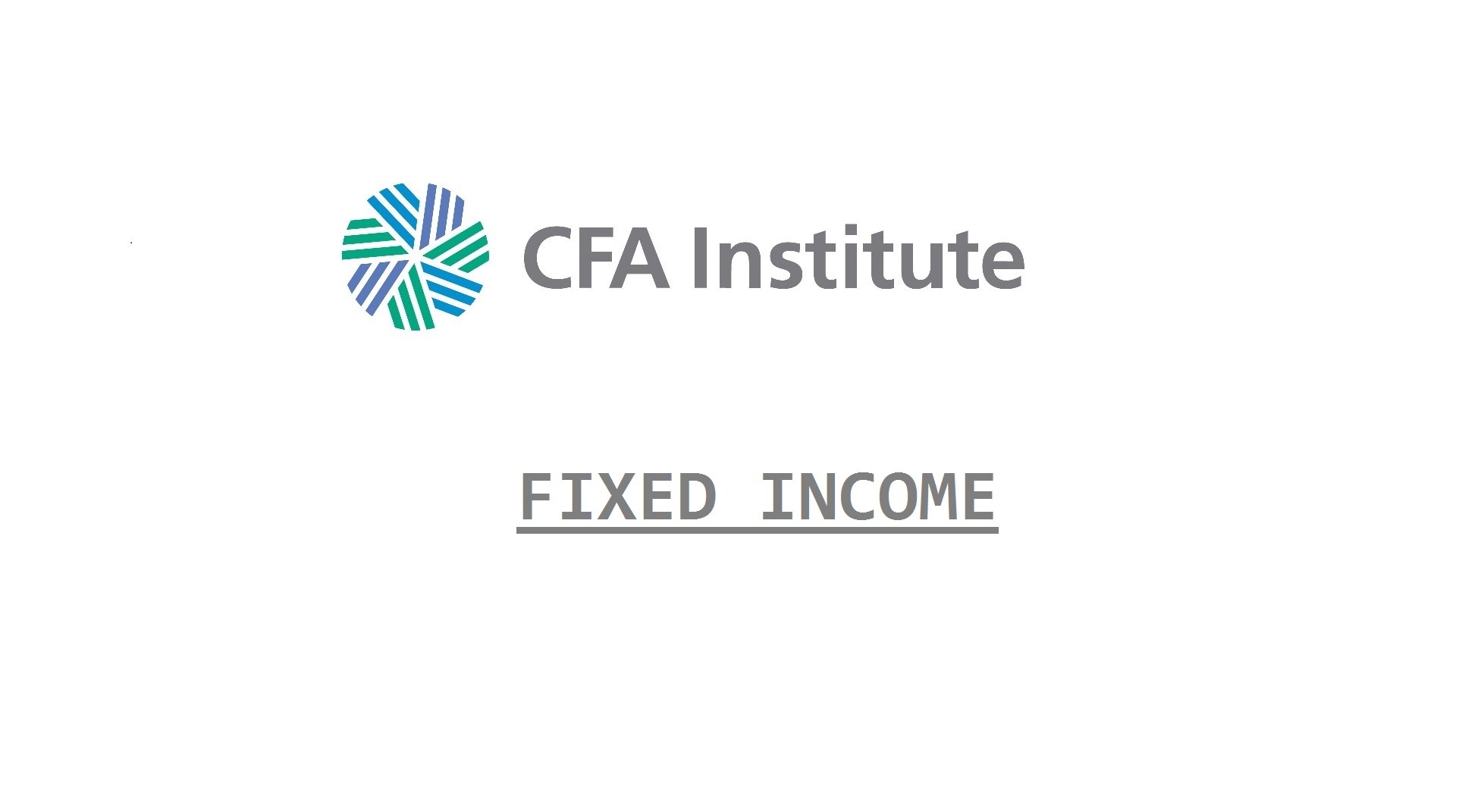Structural Model
Structural models of credit risk are based on issuer balance sheets and option pricing theory.
The oft-given analogy is that owning risky debt is equivalent to owning a risk-free bond and writing a European put option on the assets of the company. Owning equity in a company with risky debt is equivalent to owning a call option on company assets.
This is based on the upside and downside of bankruptcy vs profitability conditions of a firm.
A weakness of structural models is that they assume that company assets trade in a frictionless market with a mean return and variance condition. Other assumptions include that the risk-free rate is constant, and that the firm only has a single issue of risky debt. (Simple balance sheet)
Another limitation of the structural model is that estimations are needed to be made for the input parameters of the structural mode.
Reduced Form Model
Reduced form models are based on real work conditions using historical data for inputs. These models do not rely on assumptions on the treatment of a company’s balance sheet.
Reduced form models do assume that the company has at least one issue of risky zero coupon debt outstanding, but the risk-free rate, probability of default and recovery are based of the state of the economy.
Allowing the use of historical data is a strength, however this means that reduced form models must be properly backtested.
